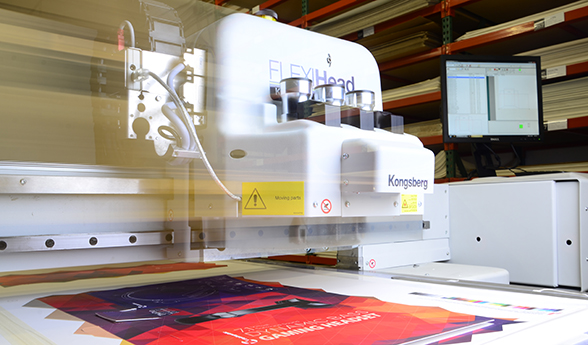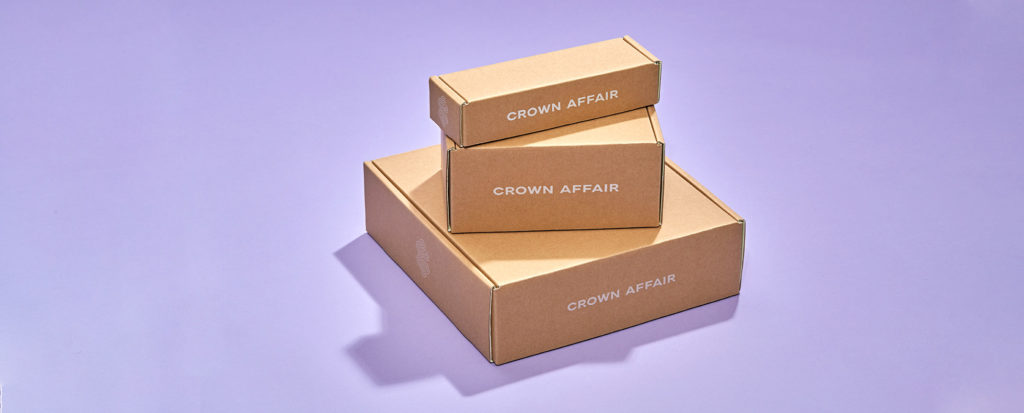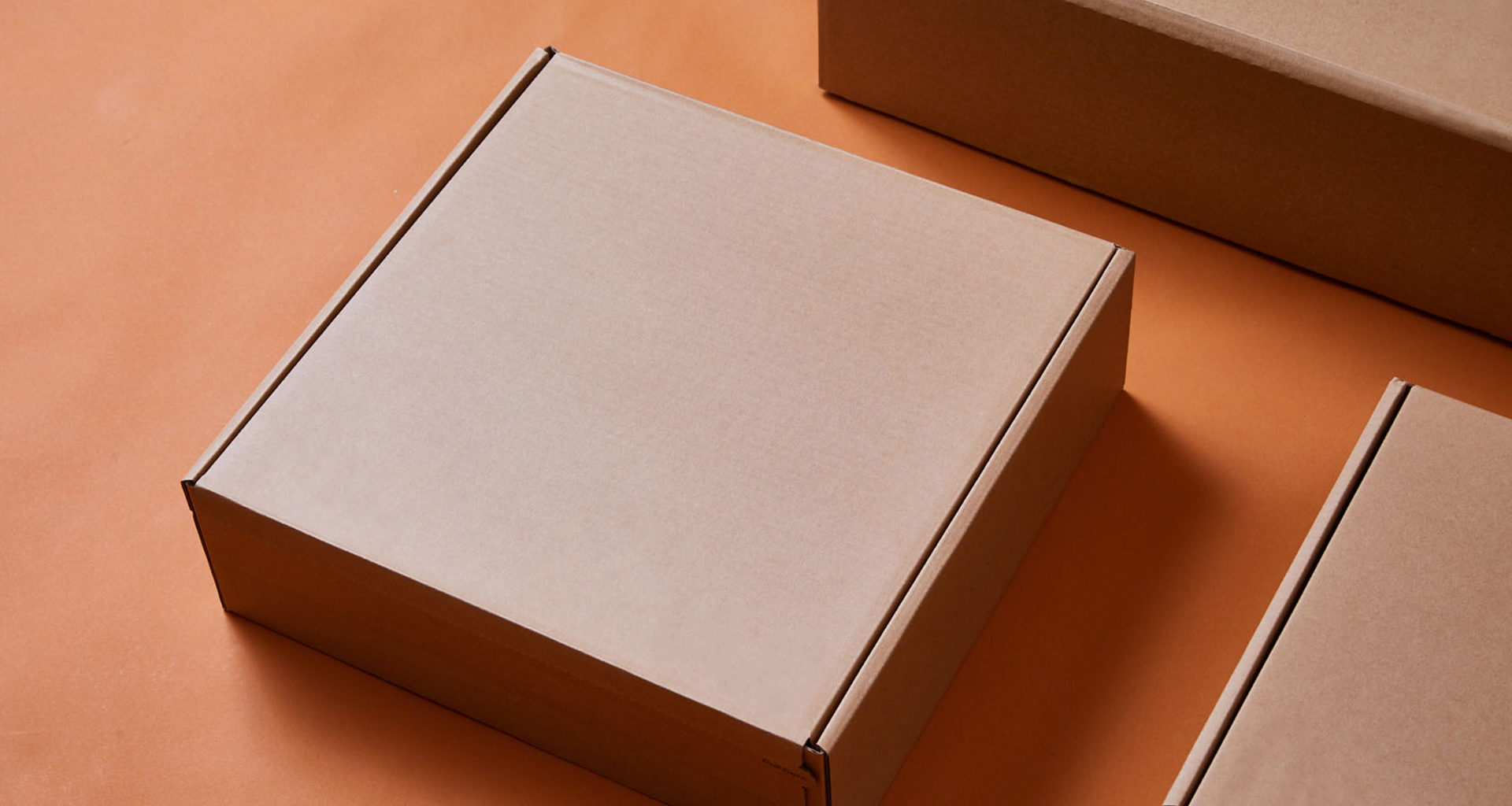Since the start of the pandemic, businesses across the globe have been forced to refocus their attention on e-commerce. Even before 2020, retail stores had already started transitioning to online sales to save on brick-and-mortar costs while satisfying their customers’ appetite for online shopping.
One year later and it’s clear: E-commerce is a way of life. While some sectors of the economy were negatively impacted by the pandemic, those who were able to adapt or increase e-commerce operations saw record profits. Amazon had its best year ever, Alibaba recorded massive revenues, and after being forced to close retail stores early in 2020, Nike is seeing steady growth thanks to online sales.
Small and medium-size businesses are also making the switch. From clothing and beauty to at-home education and consumer goods, companies are seeing the advantage of the direct-to-consumer model.
To succeed in this new e-commerce era, you need to invest in e-commerce packaging solutions that suit your products and customers. E-commerce packaging is more complex than you might think, but it can also make a big difference in your brand image and customer satisfaction. We’ve put together some best practices to help you optimize your e-commerce packaging solutions and grow your online business.
- The Unboxing Experience
- Choosing the Right Packaging Materials
- Rapid Prototyping
- Fulfillment & Protection
- Shipping
- Channel Compliance
The Unboxing Experience
Retail shopping has its perks, but receiving a package in the mail after a few clicks feels pretty incredible. And we all need a few moments of joy in our lives. Now that online shopping has become the standard, companies are beginning to understand the pivotal moment when the customer opens the box.
Even though this is the last step in the package’s journey, it’s the first factor to consider when thinking about a premium packaging solution.

It starts with understanding your customers. What are they expecting in a package? Will they appreciate a one-of-a-kind unboxing experience, or are they just ripping the box open to get to the goods? When they open the package, will they immediately reach for their phone and share the experience with social media followers?
Depending on your service, the unboxing experience can be a vital moment to connect with the customer. Fortunately, it doesn’t have to be an extravagantly wrapped package fit for a YouTube unboxing video. Little details go a long way.
Box Design
When choosing a box, the contents will guide your decision. Content weight, fragility, perishability and additional product packaging should be considered. Depending on your product offerings, you may need multiple boxes to accommodate various order sizes. Don’t shy away from clever designs though; opportunities for one-of-a-kind packaging are vast.
Once you choose the packaging style, think about the way the box is sealed. The securing mechanism not only keeps the contents safe, but can also elevate the customer experience. Tape is reliable and customizable, and pull tabs combine a tapeless process with a satisfying unboxing moment. Zenpack’s packaging design services will guide you through these choices.
Printing & Branding
These days, almost any surface is fair game. Most brands print on the box exterior and interior, and some take the extra step to surprise customers with hidden branding throughout the package and accessories. These unexpected hits of color can add layers of enjoyment. While there are many ways to print a package, the simplest way to think about options is digital vs. offset.
Digital printing uses the CMYK process just like your home desktop printer. It’s a smart choice when producing low volumes, but you won’t get the best color quality and sharpness.
Lithographic offset printing, on the other hand, produces unmatched Pantone colors and image quality through the use of metal plates. However, the process is more time-consuming and expensive, making it the preferred option for high-volume projects.
In addition to these printing processes, you can elevate your brand with embossing & debossing, foil stamping, UV printing, matte & gloss lamination and other techniques.
Personalized Copy
When the package arrives, it’s just you and your customer. The perfect opportunity to seize the moment and make a connection. You could include a custom-printed note card, or utilize some of the packaging surface to print a personalize message. Consider offering promotional inserts or free samples; these bonus items can increase customer loyalty.

For more information on common packaging structures, printing, and finishes, check out our recent video series.
Choosing the Right Packaging Materials
When deciding on the perfect materials for your package, let your products and brand guide you.
Product Features
If your product is heavy or fragile, you will need a material that can withstand the sometimes rough journey to the customer’s door. In that case, standard corrugated cardboard is the versatile and sturdy option. Perhaps your products are more lightweight, like clothing or cosmetics. These products will travel safely in poly mailers or top-tuck boxes. But don’t let a product’s fragility or weight hold you back. Modern printing and innovative structural engineering can provide a unique unboxing experience, no matter what’s inside. For example, cosmetic packaging design usually requires specialized printing and bespoke materials to grab attention.
Brand Identity
A package from your company is the customer’s first physical introduction to your brand. Colors, messaging, and brand logos can change slightly depending on the printing surface. If brown kraft paper doesn’t express your brand’s values, a white rigid box could provide a clean canvas for your brand to come alive. Keep in mind that each material comes with unique costs and characteristics.
Eco-Friendly Mission
E-commerce customers are increasingly demanding sustainable business practices from their favorite brands. Investing in eco-friendly packaging is the right thing to do for the planet and your business, which is something Zenpack—as a sustainable packaging design agency—can help you with. Rather than filling your package with plastic bubble wrap, you can choose green materials that are just as effective. Quality packing materials come in many forms, including 100% recyclable corrugated cardboard, cloth fiber made from ocean plastic waste, and biodegradable mushroom pulp.
Rapid Prototyping
Unless you’re using off-the-shelf materials, a rapid prototyping round is essential for a successful packaging design. Also known as a “white box sample”, the rapid prototype is an unprinted version of the package.

It’s usually created using an advanced cutting table in as little as 24 hours, which allows for changes and further exploration before making a final decision. Putting in the design work early in the process saves time and money in the long run.
The rapid prototype phase can be a time to experiment, with the eventual goal of finalizing the design. Pay close attention to materials, how the design will affect production time, how easy it will be to construct and fulfill the package, opportunities for bundle packaging, and of course, the eventual cost of shipping. Rapid prototyping for packaging can be the solution you’ve been looking for.
Fulfillment & Protection
For any business, shipping thousands of orders per day to customers worldwide is a good, albeit large, problem to have. Before they can ship however, you need to devote time and a workforce to fulfilling the orders. Fulfillment is the process between receiving an order and getting that order out the door. It may include kitting, the process of assembling a package.
What’s the most efficient way to pack the products that will allow for the fastest possible packing and more shipments per day? That all depends on your products, product bundles, and desired unboxing experience. With a well-designed system, it may take only a couple of minutes for kitting and packing, and you don’t have to compromise protection or unboxing. Larger companies may even use robots to help with fulfillment.
Folding Carton vs. Rigid Box Kitting


In the above example, we have the same size box constructed in two ways. The book-style folding carton takes just under 25 seconds to assemble while the book-style rigid box only takes under 7 seconds. The rigid box will be more expensive to produce, but when compared to fulfillment time, it might be the more cost-efficient option for a high-volume e-commerce business. Efficient fulfillment = more shipments per day = more profit and cost savings. Check out Zenpack’s advanced packaging logistics solutions!
Shipping
E-commerce businesses routinely underestimate the cost of shipping. Compared to wholesale and retail, shipping is the largest portion of the cogs (cost of goods sold). When devising a new packaging strategy, there are two types of shipping to consider: Inbound and Outbound.
Inbound Shipping
Unless your packaging provider is located down the street, you will have to consider how your packaging and products will arrive at your facility. Fortunately, there are many cost-saving opportunities with inbound shipping. Let’s take a look at a common scenario.
You’ve decided on a pizza box-style package because it can ship flat and be assembled later. These will be shipped from Shanghai, but your products are manufactured in Taiwan. The final package needs to be shipped from your warehouse in Austin, Texas. A few questions to consider:
- Are there consolidation opportunities for raw packaging materials?
- How are packaging and product being shipped from Asia — sea freight or air freight?
- Do you have enough time and staff for kitting and package fulfillment?
Outbound Shipping
Now that your product and packaging has arrived at your facility, it’s time to fulfill orders and ship them out to customers. Since the product ships individually to the end-consumer, usually about 20-30% of the online selling price is shipping.
Sorry to break it to you, but truly “free shipping” is rare. It’s an effective sales tactic though! If a website advertises free shipping, the shipping cost has been integrated into the selling price. Some websites put the full cost of shipping on the customer, some offer a flat rate and others do free shipping for orders over a certain price point. In the latter two cases, the cost of shipping has been carefully calculated (behind the scenes) into the final price. This decision is based on many factors, including amount of products in the shipment, fulfillment time, weight, dimensions, and destination.

Bundle Packaging
Most e-commerce sellers will probably offer a variety of products for purchase, and tend to fulfill orders with multiple individual products. If you ship products from the same order in separate packages, the shipping cost will be higher. It’s an obvious concept, but one that can be utilized to save on shipping costs. Bundle shipping provides an opportunity to sell more products while reducing the overall shipping expense. It’s a good idea to plan ahead and design packaging that can accommodate every possible product combination. But Beware of over-bundling that could lead to additional fulfillment time. Analyze each step of the fulfillment and shipping process to achieve the most efficient balance.
Channel Compliance
Whether it’s a private shipping company or an online marketplace like Amazon, every online retailer will need to comply with shipping or packaging requirements. Like every other step in the process, channel compliance should be considered early in the design and prototyping phase.
In 2019 Amazon rolled out their Frustration Free packaging guidelines. This three-tiered approach will help eliminate wasteful packaging and promote the use of recycled materials. Companies can comply with the rules or pay a $1.99 per unit fee. While the rules may be strict, every shipping company and online marketplace has a specific system customers must follow.
Take a Breath
If you made it this far, nice work. Coming up with a unique e-commerce strategy may feel like a challenging process, but think of it as an expression of your brand. With the right approach and assistance from a premium packaging company, you can impress the customers you already have and attract a whole new audience.
If you want to know more about Zenpack’s services
Let our packaging consultants help you turn your idea into reality.


